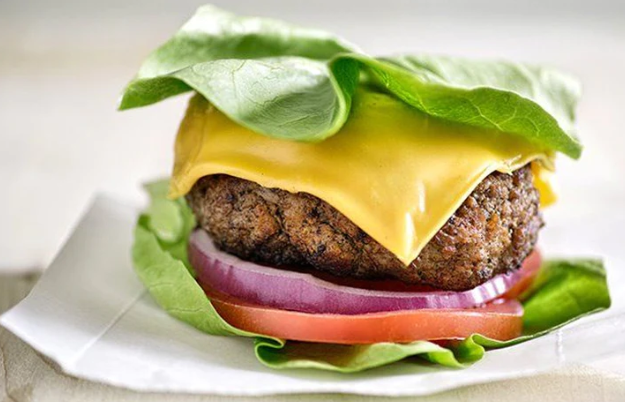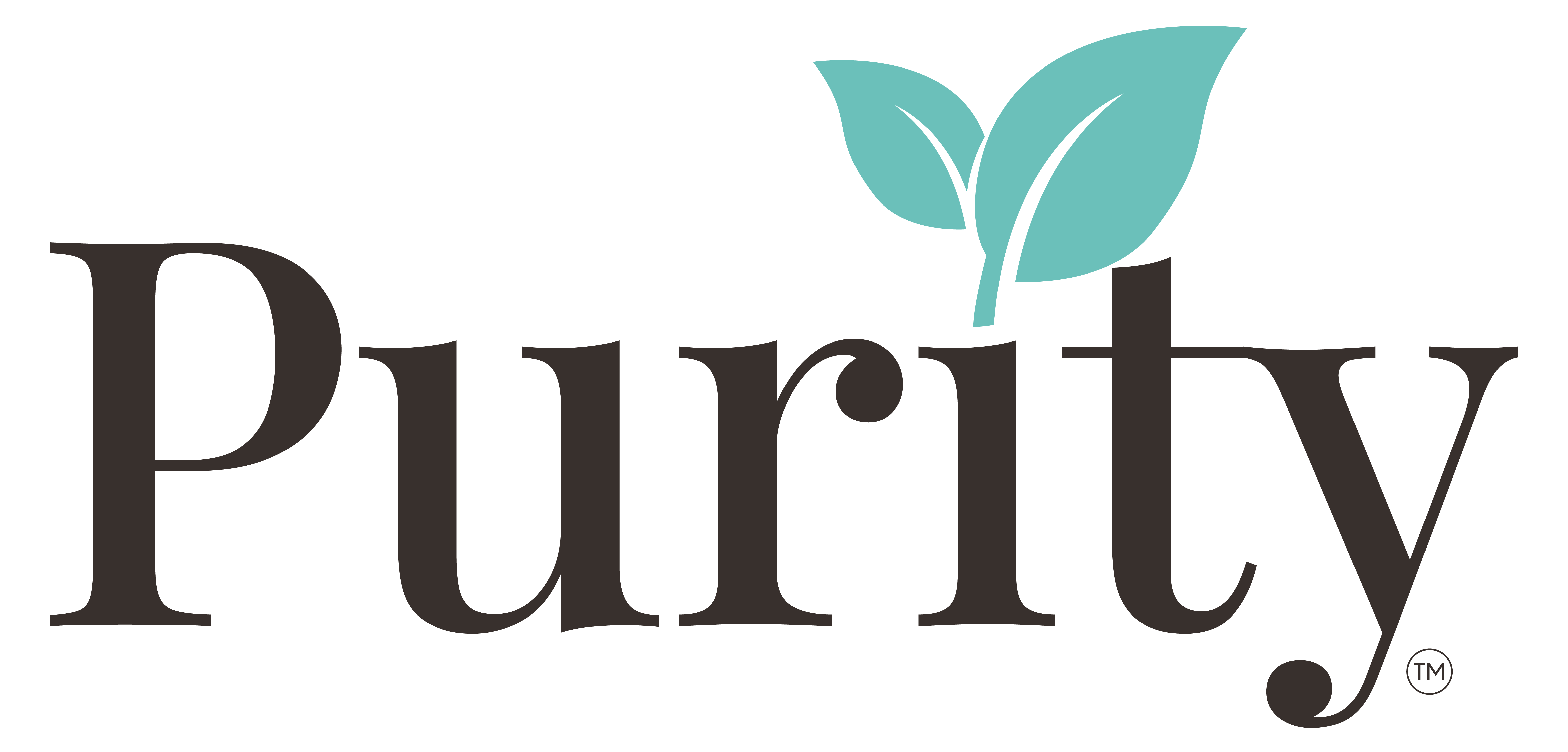
A low-carb diet is one that limits carbohydrates, especially those found in sugary foods, pasta, and bread. In this article, we will discuss thoroughly about a low-carb diet for beginners!
Instead of eating carbohydrates, you can focus on protein-rich foods and vegetables.
Studies show that a low-carb diet can have both weight loss and better health markers.
Read: The Best Vitamins and Supplements for Vegetarians
This diet has been used for decades and is recommended by many doctors.
With this diet method, you don't need to count calories or use special products.
What we need to do is eat whole foods that make up a complete, nutritious, and filling pattern.
Learn more about low-carb diets and how to use them for your goal of healthy living.
What is a Low Carb Diet?
A low-carb diet is, which means you eat less carbohydrates and a higher proportion of protein and fat.
This can also be called the keto diet. However, not all low-carb diets produce ketosis (ketosis is a normal and harmless metabolic process).
So far, we may have known that fat is detrimental to our health. Meanwhile, low-fat “diet” products are often loaded with sugar.This is also exacerbated by the many cases of obesity that are currently experienced by many people.
Conversely, on a low-carb diet you don't need to be afraid of fat. Simply reduce the consumption of sugar and starch.
Make sure you're also getting enough protein — or even a high amount of protein — and can't eat enough natural fats to enjoy meals.
When you avoid sugar and starch, your blood sugar tends to stabilize, and levels of the fat-storing hormone insulin drop, which can make it easier to burn fat stores in the body.
Also, a higher protein intake and the presence of ketones (if eating very low carbs) can make you feel fuller, naturally reducing food intake and promoting weight loss.
Low-carb diet model
Food: Meat, fish, eggs, vegetables grown above ground and natural fats (such as butter).
Abstained foods: Sugar and starchy foods (such as bread, pasta, rice, beans and potatoes).
Eat when you are hungry and stop when your stomach is full. It can be as simple as that. You do not need to count calories or weigh the food to be consumed.
Who can NOT adopt a low carb diet?
Generally, anyone can safely start and adopt a low-carb diet. But in these three situations, we may need some preparation or adaptation:
- Are taking diabetes medication, such as insulin?
- Are you taking medication for high blood pressure?
- Are you currently breastfeeding?
If you don't fall into one of these groups and don't have any other severe chronic medical conditions — such as advanced liver or kidney failure — then this diet is fine.
What to eat on a low-carb diet?

In this section we learn what foods to eat low in carbohydrates.
Here are the basic low-carb food groups you can pick from:
The figures above are in grams of digestible carbohydrates per 100 grams (3.5 ounces) of food. Fiber does not count; You can eat all the fiber you can consume.
All of the above foods contain less than 5% carbohydrates by weight.
Full consumption of these foods will make it relatively easy to stick to a moderately low-carb diet (less than 50 grams of net carbs per day) or even a strict low-carb diet, with less than 20 grams of net carbs per day.
List of low-carb foods
Meat

All types of meat include: Beef, pork, lamb, game, poultry, etc.
You can also eat the fat in the meat or the skin on the chicken.
If you can afford it, you can also consider organic meat or grass-fed meat, although there is still a lot of research on this and more research is needed.
Fish and seafood
All types including fatty fish such as salmon, mackerel, sardines or herring because it has many health benefits due to the high amount of omega-3 fatty acids.
Eggs
All types of eggs include: boiled, fried, scrambled eggs, omelets, etc. Including eggs from animals originating or bred in pastures.
Natural fats and high-fat sauces
Using butter and cream for cooking can make your low-carb meals taste better. Try the Béarnaise or Hollandaise sauce.
If purchased ready-made, check the ingredients for starch and vegetable oil. Better yet, make your own. Coconut fat or olive oil are also good choices.
Vegetables that grow above ground
include cauliflower, broccoli, cabbage, Brussels sprouts, kale, collards, bok choy, spinach, asparagus, zucchini, eggplant, olives, mushrooms, cucumbers, avocados (technically a fruit but usually included with vegetables), onions, peppers, tomatoes, lettuce, other types of green vegetables, etc.
It is the lowest net carb and can be enjoyed at all levels of carb restriction.
However, if you're following a keto diet (<20 grams of carbs per day), you may need to limit portions to certain types, such as bell peppers and Brussels sprouts.
Dairy products

Feel free to choose full-fat options such as real butter, cream (40% fat), sour cream, Greek/Turkish yogurt, and high-fat cheese, which can help you enjoy delicious meals while losing weight.
Be careful with all milk, as it contains a lot of milk sugar. Avoid flavored and sweet products.
Nuts
Great for a snack (in moderation) as a substitute for popcorn, candy, or chips.
Low-Carb Drink List

These numbers represent grams of net carbs per normal serving size (as you would get if you ordered them at a restaurant).
The green numbers represent a good choice for a low carb diet. Drinks with an asterisk have some special caveats.
In general, the following are the best drinks for a low-carb diet:
Water
Try to make this the main drink of choice.
Scented or fizzy water is fine too, but be sure to read the ingredients list to check for added sugars, or just look at the nutrition label.
coffee
or with a little milk or cream is ideal for weight loss. Be careful to add a lot of milk or cream, especially if you drink coffee periodically throughout the day, even when you are not hungry.
However, if you are hungry and need extra calories, feel free to use full-fat cream. Or try it with coconut oil and butter – “Coffee
The
The information for coffee above also applies to tea.
Foods prohibited on the Low
Sugar
This is the worst kind of food, period. Soft drinks, candy, juices, sports drinks, chocolate, cakes, breads, pastries, ice cream, breakfast cereals – avoid them all.
Although controversial based on scientific definitions, many find sugar to be addictive.
Starch
Flour, wheat products, or other refined cereal grains, even if labeled "gluten-free". This means including bread, buns, pasta, crackers, porridge, muesli.
Also avoid potatoes, potato chips, French fries, corn and popcorn products, and rice. However, check out some low-carb versions of these foods:
Plus, beans and lentils are also relatively high in carbohydrates, so they're not good low-carb options.
Fruit
Avoid fruit groups such as blueberries, raspberries and strawberries in small to moderate amounts.
This type of fruit is quite high in carbohydrates and sugar, which can increase blood sugar, slow weight loss, and possibly worsen metabolic problems.
Health Benefits of a Low Carb Diet
Why are we advised to eat less carbohydrates? There are many benefits, proven by science and backed by clinical experience, such as these:
Lose weight
Most people start eating less carbohydrates to lose weight.
Research shows that low-carb diets are at least as effective as other diets.
Low carbs make it easier to lose weight without feeling hungry and without having to count calories.
According to research, low-carb diets can even encourage the burning of more calories than other diets.
Normalize Blood Sugar
A low-carb diet can help reduce or even normalize blood sugar and thus potentially treat type 2 diabetes.
Chess on the American Diabetes Association, reducing carbohydrates to any level is an effective method of controlling blood sugar.
In addition, low carbohydrates can also help in managing type 1 diabetes.
Caring for the Intestines
Low carbohydrates can help overcome various problems that are often experienced by our intestines. For example, it can reduce the symptoms of irritable bowel syndrome such as bloating, gas, diarrhea, cramps, and pain. Indigestion, reflux, and other digestive problems.
For some people, this is the best part of a low-carb diet and usually occurs within the first few days, or first weeks, after starting the diet.
Reducing sugar addiction
For those of you who want to reduce sugar intake, you can apply this diet method.
A low-carb diet can scientifically reduce and sometimes even eliminate the urge to eat sweets.
Other benefits
A low-carb diet has a variety of other benefits such as: weight loss, lower blood sugar, mental improvement, and a smoother digestive system.
In their case, however, some people experienced more improvement, including lower blood pressure and lower symptoms of heart disease, less acne, better skin quality, fewer migraines, improved mental health symptoms, better fertility, and much more. .
Potential side effects on a low-carb diet
If you try to stop eating sugar, you may experience some side effects as your body adjusts.
For some people, these side effects are mild, while others will find the transition more difficult.
Symptoms usually last a few days, up to two weeks. To fix this, you can try this method:
You can reduce your carbohydrate intake slowly, over a few weeks, to minimize side effects.
However, sticking with it and moving on is probably the best option for most people.
Here are the possible side effects when you start a strict low-carb diet.
Induced flu

By far the most common short-term side effect is called induced flu. This is what makes some people feel unwell for a few days (up to a week) after starting a low-carb diet.
Here are some common symptoms:
- Headaches
- Fatigue
- Dizziness
- Nausea
- Irritability
This side effect quickly subsides as your body adapts and fat burning increases. Within a week or two, these symptoms usually go away.
The main reason for these symptoms to appear is because carbohydrate-rich foods can increase water retention in the body.
When you stop eating high-carbohydrate foods, you lose excess water through your kidneys.
This can result in dehydration and increased sodium loss during the first week, before the body adapts, resulting in the above symptoms.
You can minimize an induced flu by drinking more fluids and at least temporarily increasing your salt intake.
A good option is to drink a cup of broth once or twice a day. This usually makes the induced flu small or non-existent.
Alternatively, drink a few extra glasses of water and add more salt to the food you eat.
Other Common Problems
Beyond the induced flu, there are six relatively common side effects found on low-carb diets. Such as:
- Leg cramps
- Constipation
- Bad breath
- Heart palpitations Decreased
- physical performance
Although the real problem can be avoided by getting enough fluids and salt.










